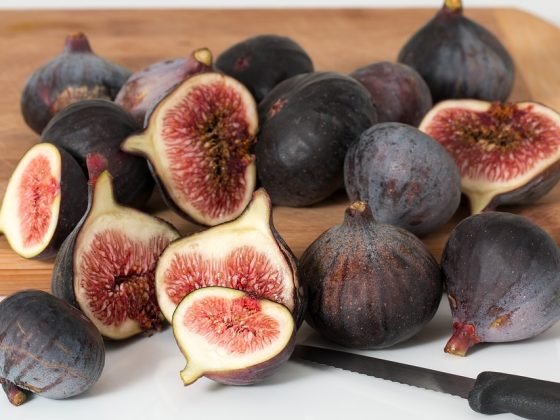Building a balanced plate doesn't have to be complicated or restrictive. In fact, with the right guidance, it can be quite simple and enjoyable. Here are some tips from nutritionists for creating a balanced plate and a healthier you:
1. Fill Half Your Plate with Fruits and Vegetables
Fruits and vegetables are rich in vitamins, minerals, fiber, and antioxidants that are essential for good health. Aim to fill half of your plate with a variety of colorful fruits and vegetables at each meal. This will help ensure you're getting a wide range of nutrients and will also help you feel full and satisfied.
2. Include Lean Proteins
Protein is an important macronutrient that helps build and repair tissues in the body. Include lean sources of protein such as chicken, fish, tofu, beans, or legumes in your meals to help keep you full and satisfied. Aim for at least one serving of protein at each meal.
3. Choose Whole Grains
Whole grains are a great source of fiber, vitamins, and minerals. Opt for whole grains such as brown rice, quinoa, oats, or whole wheat bread and pasta to provide sustained energy and help regulate blood sugar levels.
4. Don't Forget Healthy Fats
Healthy fats are essential for brain health, hormone production, and absorption of fat-soluble vitamins. Include sources of healthy fats such as avocados, nuts, seeds, and olive oil in your meals to support overall health.
5. Stay Hydrated
Water is essential for nearly every function in the body, so it's important to stay hydrated throughout the day. Aim to drink at least 8-10 cups of water daily and limit sugary drinks and excessive caffeine intake.
6. Practice Portion Control
Even healthy foods can add up in calories if consumed in large portions. Pay attention to portion sizes and listen to your body's hunger and fullness cues to avoid overeating.
7. Be Mindful of Added Sugars and Processed Foods
Limit your intake of processed foods, sugary drinks, and foods high in added sugars. These foods can contribute to inflammation, weight gain, and other health issues. Instead, focus on whole, nutrient-dense foods that nourish your body.
8. Focus on Variety and Moderation
Eating a wide variety of foods ensures you're getting a range of nutrients and flavors. Moderation is key when it comes to indulging in treats or less healthy foods. Enjoy them in moderation and focus on balance overall.
FAQs:
Q: Do I need to count calories or track macros to build a balanced plate?
A: While tracking calories and macros can be helpful for some people, it's not necessary for everyone. Focus on listening to your body's hunger and fullness cues and choosing a variety of nutrient-dense foods.
Q: Can I still enjoy my favorite treats while trying to eat healthier?
A: Absolutely! It's important to have a healthy relationship with food and not feel restricted. Enjoy your favorite treats in moderation and focus on balance overall.
Q: How can I make healthier choices when eating out or at social gatherings?
A: Look for options that include lean proteins, vegetables, whole grains, and healthy fats. Don't be afraid to ask for modifications or substitutions to make the meal more balanced. And remember, it's okay to indulge occasionally – just focus on balance and moderation.
In conclusion, building a balanced plate and a healthier you doesn't have to be restrictive or complicated. By following these tips from nutritionists and being mindful of your choices, you can fuel your body with the nutrients it needs to thrive. Prioritize whole, nutrient-dense foods, stay hydrated, practice portion control, and enjoy treats in moderation. Remember, it's all about balance and creating sustainable habits that support your overall health and well-being.











